Are Stem Cells Safe? Addressing Common Patient Concerns

Are Stem Cells Effective?
Stem cell therapy is now regarded as one of the most promising advancements in modern medicine. It offers potential relief and healing for many conditions, from orthopedic injuries to degenerative diseases. However, as with any groundbreaking medical innovation, patients often have questions and concerns regarding safety.
In our quest to bring the best care available to our patients, St. Charles Spine Institute has invested much time and effort into researching state-of-the-art therapies that show promise, and we have pioneered the adoption of stem cell therapy in our clinic after seeing its benefits. Once you learn what stem cell therapy is and how it works, you can understand why we consider it a very safe procedure that has the potential to provide immense long-term relief for patients who suffer from tissue damage to their spine or other joints. Below are some common questions and concerns of patients regarding the safety of stem cell therapy.
What Is Stem Cell Therapy?
Stem cell therapy involves using the patient’s own cells to repair or regenerate damaged tissue. “Stem cells” have the remarkable ability to serve as the foundational cells from which different types of tissues can develop, much like a tree stem that branches out into different limbs, leaves, and blossoms. Unlike skin cells, muscle cells, or other cells of the body that can only replicate the same type of cell, stem cells have the potential to become any type of cell—-muscle, bone, cartilage, or nerve, for example.
In most medical applications, stem cells are harvested from a patient’s own body, most often from bone marrow, where the body produces blood. For stem cell therapy, a patient’s stem cells are usually extracted from blood taken from bone marrow in the patient’s pelvis. Stem cells derived from the blood are then injected into the area that needs treatment. The stem cells stimulate the healing process, rebuilding damaged tissue.
Are Stem Cells Safe?
Stem cell therapy is a safe procedure when performed by qualified medical professionals using proven methods in accordance with FDA regulations. Here are the key factors that contribute to the safety of stem cell treatments:
1. Autologous Stem Cells Eliminate Risk of Rejection
When stem cells are taken from your own body (called “autologous” therapy), the risk of rejection or allergic reaction is minimal. Because these are your own cells, your immune system recognizes them, reducing the likelihood of rejection or any other adverse reaction.
2. Minimally Invasive Procedure
Stem cell therapy is performed using minimally invasive techniques. The procedure typically involves:
- Extracting blood from bone marrow
- Processing the removed blood to isolate the stem cells
- Injecting them into the affected area using imaging guidance for precision
By avoiding more invasive surgery techniques, stem cell therapy significantly reduces the risk of infection, blood clots, or the adverse health consequences of prolonged surgical recovery.
3. High Standards in Stem Cell Processing
Reputable medical clinics use strict protocols to ensure stem cells are processed in sterile and controlled environments. Approved facilities like the St. Charles Spine Institute follow FDA regulations and adhere to good manufacturing practices (GMP), providing the highest safety and quality control.
4. Ongoing Research and Clinical Trials
The field of stem cell therapy is backed by extensive research and clinical trials. These studies continuously refine techniques, evaluate safety, and expand our understanding of stem cell applications. Many current treatments have been validated through rigorous scientific processes.
Common Concerns About Stem Cell Therapy
While stem cell therapy is generally safe, here are some specific concerns patients may have:
1. “Are There Side Effects?”
As with any medical procedure, there is a small risk of side effects. These may include:
- Temporary Pain or Swelling: Some patients experience mild discomfort at the injection site. However, this typically resolves itself within a few days.
- Infection: While rare, there is always a small risk of infection during any procedure that involves injections. Choosing a reputable clinic that employs sterile techniques minimizes this risk.
- Bleeding or Bruising: Mild bruising or bleeding can occur at the extraction or injection site.
These possible effects are common to many invasive procedures, and severe complications are extremely rare when experienced professionals perform the procedure.
2. “Is Stem Cell Therapy Approved by the FDA?”
The FDA regulates stem cell therapies to ensure safety and effectiveness. Most autologous stem cell treatments, where cells are minimally manipulated and used for homologous purposes, are considered safe and are permitted under current FDA guidelines. However, it’s essential to be cautious about clinics offering unproven or unregulated treatments that may not comply with FDA standards.
3. “What About Tumor Growth or Cancer Risk?”
This concern primarily applies to embryonic or pluripotent stem cells, which can potentially grow uncontrollably and form tumors. However, the stem cell therapies offered by St. Charles Spine Institute for orthopedic and regenerative treatments use adult stem cells taken from the patient’s body. In clinical studies, these cells have not been shown to cause tumor growth.
4. “Is Stem Cell Therapy Experimental?”
While some applications of stem cell therapy are still being studied in clinical trials, many uses—such as treating joint pain, tendon injuries, and arthritis—are well-established and widely practiced. Before undergoing treatment, it’s important to confirm that the procedure you’re considering is evidence-based and supported by research.
Can Stem Cell Therapy Help You?
Regenerative therapy using autologous stem cells is considered a medically safe and effective treatment option for many conditions, including degenerative spine conditions that can cause discomfort, pain, and decreased mobility. Access our website to learn more about regenerative medicine using stem cells and how it is employed in treating spinal conditions at St. Charles Spine Institute. Schedule a consultation today to discover whether you are a candidate for this treatment. You can rest assured that we prioritize patient safety and transparency in all our treatments, including stem cell therapy.
